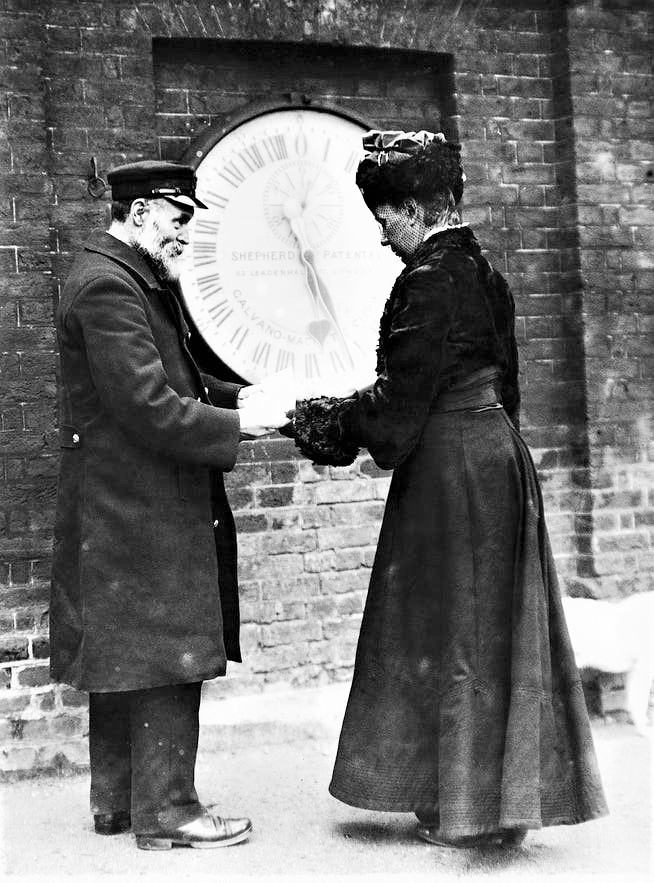In the 1700s and 1800s, clocks and pocketwatches were not the most reliable machines in the world. The problem was that there were very few reliable time-standards that existed in those days, against which to correctly adjust your timepieces.
Your watch isn’t telling the right time. But the problem is, you don’t know if the clock in the living room is telling the right time, either! How do you set the right time, when you don’t know what it is?
The only way to be sure of the right time was by celestial observation – tracking the movement of the stars was the only surefire way of knowing that a clock was EXACTLY on time. The problem is, to do this, you need an observatory! And obviously, not everybody can have a full-on observatory in their living room.
In 1836, John Henry Belville, who worked at the famous Royal Observatory at Greenwich, near London, got the idea to “sell” time.
Using his highly-accurate chronometer pocketwatch, Mr. Belville would wind it up, set it to the correct time, as dictated by the Observatory master-clock, and head into London. He would then visit the people who had paid to subscribe to his service, and they could borrow his watch to adjust their own timepieces.

Ruth Belville, the Greenwich Time Lady, at the Royal Observatory, at Greenwich.
The Belvilles continued this service for over 100 years, until 1940!! By that time, the service had been taken over by John’s daughter, Ruth Belville, using the exact same pocketwatch that her father had used.
Every morning, Ruth would check her father’s watch, and head into town.
Ruth finally retired in 1940, and died three years later in 1943, at the age of 89!!
The pocketwatch used by the Belville family was a keywind model manufactured by watchmaker John Arnold in 1794!

Arnold the pocketwatch
Originally crafted with a solid gold case in 18kt, Mr. Belville changed it out to a sterling-silver case, fearing that a solid gold watch-case would make him a target of muggings and robbery as he walked around London.
Upon her retirement as the “Greenwich Time-Lady” in 1940, Ruth donated her father’s antique pocketwatch to London’s Worshipful Company of Clockmakers – the city’s official guild for watchmakers and clockmakers.
The watch – nicknamed “Arnold” after John Arnold, the man who created it, has remained with the Clockmakers’ Company ever since!